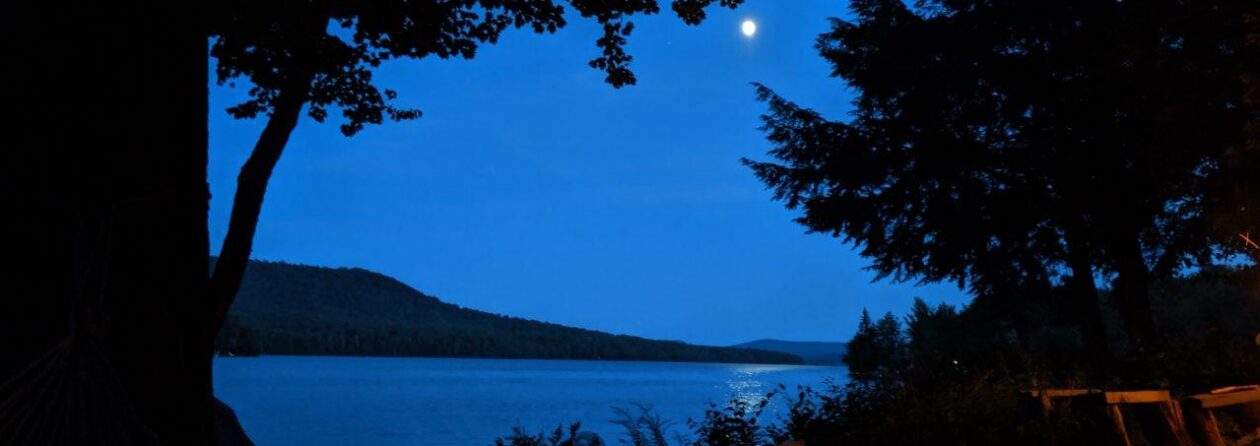ISSN 1076-9005
Volume 20, 2013
The Taming of the Demons: Violence and Liberation in Tibetan Buddhism. By Jacob P. Dalton. New Haven: Yale University Press, 2011, x + 311 pages, ISBN 978-0-300-18796-0 (paper), $27.50; ISBN 978-0-300-15392-7 (cloth), $40.00.
Reviewed by Sarah F. Haynes

This is a really important book and was very well reviewed by Sarah Haynes. As she writes, it is somewhat specialised, but I would have thought that a general reader with some knowledge of Tibetan history and culture would be at least intrigued by it. For me, this is the best publication about Tibet for a very long time.
For those with more specialist knowledge, its use of new manuscripts and translations will prove very exciting. The discussion of Tantra in particular is very sophisticated. I would only argue with one point. The author asserts that “Some have suggested that they were taken literally, but the tradition’s abundant commentarial literature tends to take such teachings metaphorically, as veiled references to more-acceptable Buddhist ideas” (Chapter 1). However, Isabel Onians in her 2002 doctoral thesis on the same topic “Tantric Buddhist Apologetics: Antinomianism as the Norm” states, “Next, the majority of authors agreed that a monk is eligible for sexual initiation, albeit that eligibility is restricted according to the candidate’s understanding of reality, his attitude to monastic status, the tangibility of the consort and physicality of the intercourse, as well as the socio-political situation in one’s environment” (300). A detailed assessment of the literality or otherwise of Tantric commentaries might be useful in future. It might also have been worth mentioning as a Pali Canon Tantric foreshadow Dhammapada v.294-5 “After killing mother, father, and two warrior kings, and destroying the kingdom along with its subjects, the brahmin goes on his way unperturbed. After killing mother, father and two priestly kings, and killed a tiger as his fifth victim, the brahmin goes on his way unperturbed.”
Two years ago I completed the translation of the Tibetan author Naktsang Nulo’s memoirs, including an account of the Chinese occupation of Amdo in the 1950s, which contains eye-witness accounts of a number of puzzlingly violent events, including the kicking to death of a group of high-ranking Lamas by Tibetan villagers, and the ransacking of a Tibetan monastery by its own monks, both of which were supervised, but not apparently, forced, by the occupying power. I have wondered why these incidents occurred in the apparently strange way they did ever since. Having read this book, I am inclined to believe that the Tantric rituals of destruction it describes, so deeply rooted in Tibetan culture, may provide at least a partial explanation for the orgy of destruction which took place all over Tibet during the 50s and 60s, and that this deserves the attention of historians of Tibet.